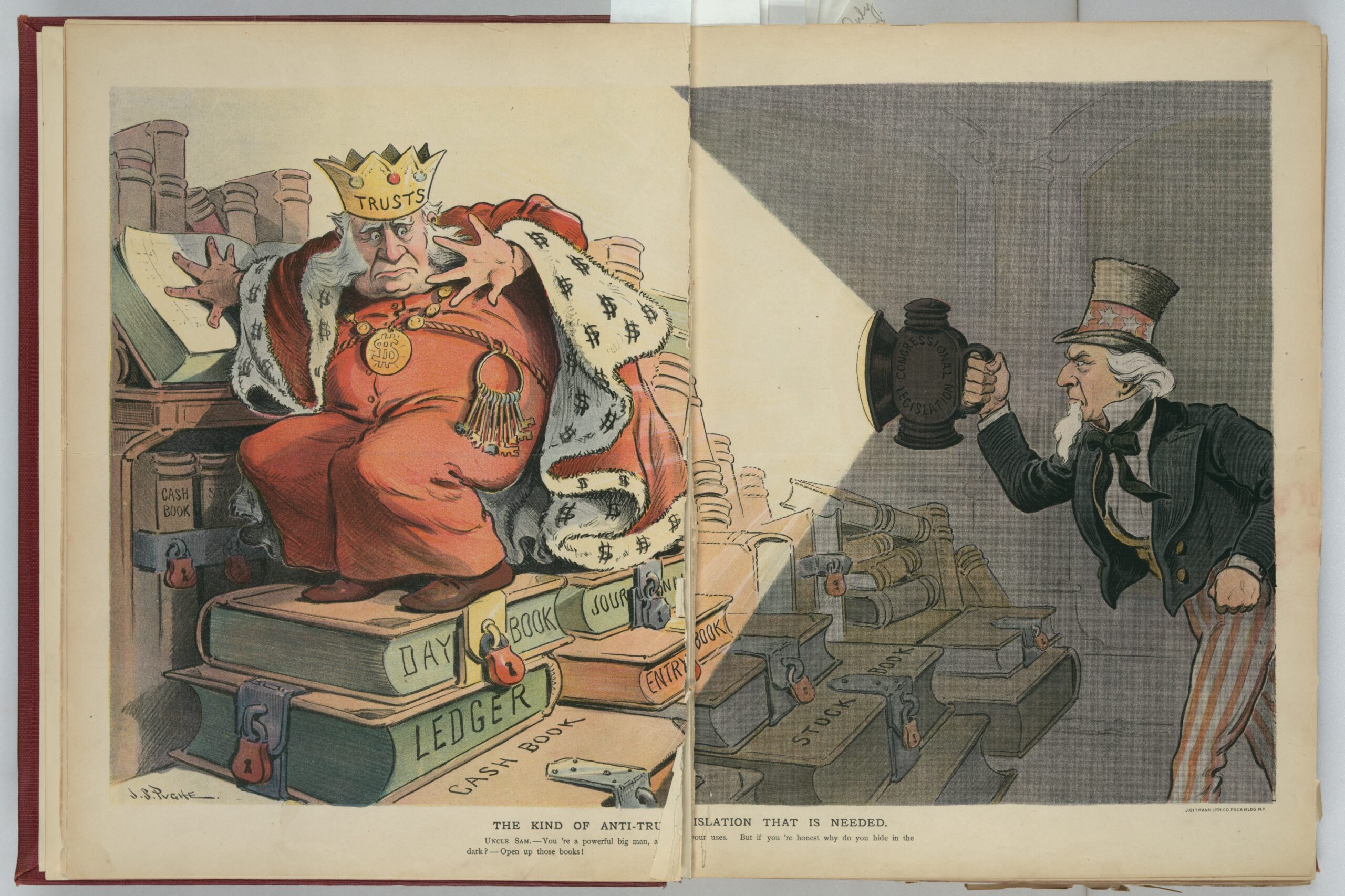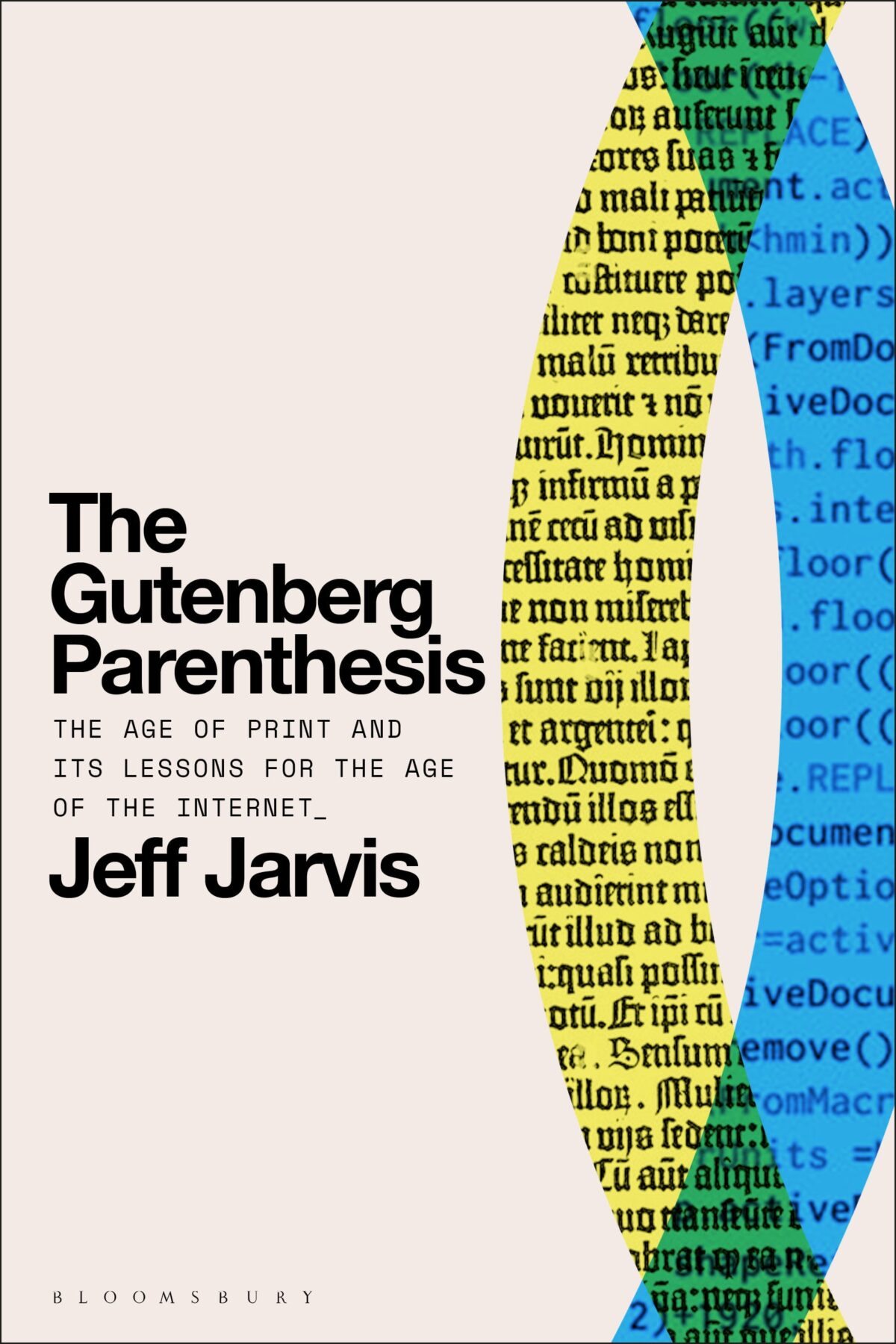The big news of the week has been the result of the Epic Games v. Google antitrust trial. A California jury took four hours to agree with Epic that Google had illegally tied together its Play Store and billing service, so that app makers could only use the Play Store to distribute their apps if they also used Google’s service for billing, giving Google a 30% commission. Sort of like, I own half the roads in this town, and if you want to sell anything to my road users you have to have a store in my mall and pay me a third of your sales revenue, and if you don’t like it, tough, because you can’t reach my road users any other way. Meanwhile, the owner of the other half of the town’s roads is doing exactly the same thing, so you can’t win.
At his BIG Substack, antitrust specialist Matt Stoller, who has been following the trial closely, gloats, “the breakup of Big Tech begins”. Maybe not so fast: Epic lost its similar case against Apple. Both of these cases are subject to appeal. Stoller suggests, however, that the latest judgment will carry more weight because it came from a jury of ordinary citizens rather than, as in the Apple case, a single judge. Stoller believes the precedent set by a jury trial is harder to ignore in future cases.
At The Verge, Sean Hollister, who has been covering the trial in detail, offers a summary of 20 key points he felt the trial established. Written before the verdict, Hollister’s assessment of Epic’s chances proved correct.
Even if the judgment is upheld in the higher courts, it will be a while before users see any effects. But: even if the judgment is overturned in the higher courts, my guess is that the technology companies will begin to change their behavior at least a bit, in self-defense. The real question is, what changes will benefit us, the people whose lives are increasingly dominated by these phones?
I personally would like it to be much easier to use an Android phone without ever creating a Google account, and to be confident that the phone isn’t sending masses of tracking data to either Google or the phone’s manufacturer.
But…I would still like to be able to download the apps I want from a source I can trust. I care less about who provides the source than I do about what data they collect about me and the cost.
I want that source to be easy to access, easy to use, and well-stocked, defining “well-stocked” as “has the apps I want” (which, granted, is a short list). The nearest analogy that springs to mind is TV channels. You don’t really care what channel the show you want to watch is on; you just want to be able to watch the show without too much hassle. If there weren’t so many rights holders running their own streaming services, the most sensible business logic would be for every show to be on every service. Then instead of competing on their catalogues, the services would be competing on privacy, or interface design, or price. Why shouldn’t we have independent app stores like that?
Mobile phones have always been more tightly controlled than the world of desktop computing, largely because they grew out of the tightly controlled telecommunications world. Desktop computing, like the Internet, served first the needs of the military and academic research, and they remain largely open even when they’re made by the same companies who make mobile phone operating systems. Desktop systems also developed at a time when American antitrust law still sought to increase competition.
It did not stay that way. As current FTC chair Lina Khan made her name pointing out in 2017, antitrust thinking for the last several decades has been limited to measuring consumer prices. The last big US antitrust case to focus on market effects was Microsoft, back in 1995. In the years since, it’s been left to the EU to act as the world’s antitrust enforcer. Against Google, the EU has filed three cases since 2010: over Shopping (Google was found guilty in 2017 and fined €2.4 billion, upheld on appeal in 2021); Android, over Google apps and the Play Store (Google was found guilty in 2018 and fined €4.3 billion and required to change some of its practices); and AdSense (fined €1.49 billion in 2019). But fines – even if the billions eventually add up to real money – don’t matter enough to companies with revenues the size of Google’s. Being ordered to restructure its app store might.
At the New York Times, Steve Lohr compares the Microsoft and Epic v Google cases. Microsoft used its contracts with PC makers to prevent them from preinstalling its main web browser rival, Netscape, in order to own users’ path into the accelerating digital economy. Google’s contracts instead paid Apple, Samsung, Mozilla, and others to favor it on their systems – “carrots instead of sticks,” NYU law professor Harry First told Lohr.
The best thing about all this is that the Epic jury was not dazzled by the incomprehensibility effect of new technology. Principles are coming back into focus. Tying – leveraging your control over one market in order to dominate another – is no different if you say it in app stores than if you say it in gas stations or movie theaters.
Illustrations: “The kind of anti-trust legislation that is needed”, by J.S. Pughe (via Library of Congress).
Wendy M. Grossman is the 2013 winner of the Enigma Award. Her Web site has an extensive archive of her books, articles, and music, and an archive of earlier columns in this series. She is a contributing editor for the Plutopia News Network podcast. Follow on Mastodon









